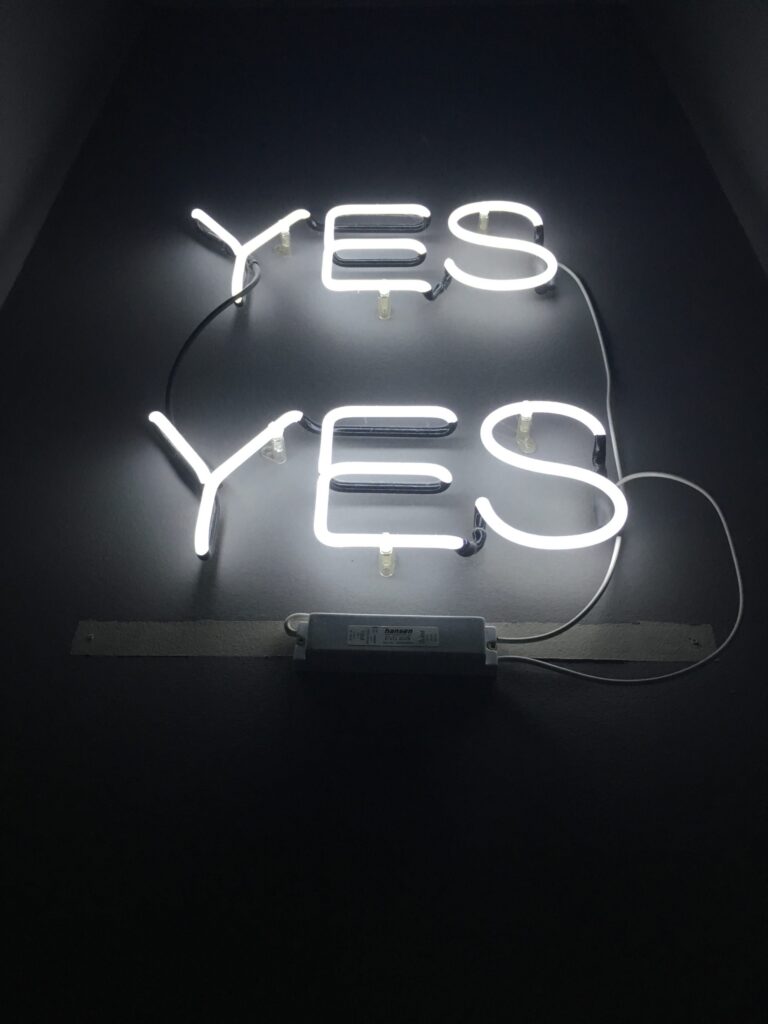I recently launched a website around my unusual hobby: collecting memorabilia from failed products and companies. I have such classics as a sock puppet from pets.com, a mug and baseball from Enron, and a Warriors bobblehead doll from FTX.
Amusing as these might be, I have a serious reason for sharing this interest: while we VCs tend to focus on success, there is a great deal to be learned from failure. I’m not the only person who believes this. Tom Kalinske is one of America’s great business leaders. A former CEO of Sega, Mattel and other companies, Tom has shepherded such iconic brands as Barbie, Hot Wheels, Sonic the Hedgehog, and LeapFrog.
Tom has an interesting and valuable perspective on business failures. He says, “In my experience, fear of failure in decision-making keeps executives from taking risks that could be huge successes. At Sega, I used to reward well-thought-out failures in product or marketing with a check. I wanted to make certain as a company we continued to take ‘good risks.’ On the other hand, I’d give a rubber chicken to execs who were too cautious on a decision, where the outcome was OK but should have been much better.”
Most of the entrepreneurs I work with are certainly risk-takers but they’re also mindful. They seek actionable advice not only on what to do but also what not to do. They’re eager for suggestions to avoid making similar mistakes.
That is why I have created a two-part blog series about lessons I’ve have learned from observing and working with failed companies as well as successful ones. This one deals with product failures, the other with company failures.
Why Do Some Products Fail?
The single biggest reason why products fail is a poor product/market fit. That is, there aren’t enough customers who are willing to pay for the product. There are myriad reasons for a poor product/market fit. The product may lack critical features; or maybe it has too many features. It may be too different from alternative solutions for some, while not being different enough for others. Buyers may perceive its price as too high. The list goes on.
It takes time, hard work, and a willingness to change to create a strong product/market fit.
Here are four lessons I have learned from analyzing failed products. I hope they provide some helpful guidance in your own search for a great product/market fit.
1. A product is not a market
Startups rightly focus on getting their first product out the door and into the hands of initial customers. Selling a few early products may be a good start, but it does not necessarily prove there will be enough customers in the future to make a viable market – that is, a critical mass of individuals or companies who face similar problems and will pay for a solution. For the product to be marketable, you also must be able to identify and reach these customers in efficient ways.
It’s important to distinguish between “bad” products and “failed” products. They aren’t always the same thing. Bad products give customers numerous reasons to turn away: inadequate features, poor quality, lack of support, frustrating interface, etc. Failed products may be well-defined, well-produced, and well-supported but they never reach escape velocity. Why? Well, there can be any number of reasons. Some of the most common are:
-
- It takes time for customers to understand the compelling value of the product, delaying repeat business.
- The universe of willing buyers with adequate budget is too small to generate sufficient revenue.
- Sales volumes are too low to achieve economies of scale, undercutting profitability.
- Innovative products may require lengthy sales cycles to explain their benefits, followed by large amounts of handholding after purchase.
- The product, though attractive in many ways, may be perceived as “nice-to-have” not “must-have.”
2. Customers ultimately define the value of the product, not you
Comedians try out new material to see what kills and what bombs. The jokes may be good, but it’s the reaction that determines success. The same is often true for entrepreneurs bringing a new technology or product to market. Customers and products may find a product interesting, appealing, even impressive. But only when they’re willing to pay money will it have any value.
So, customers and prospects are the best source for feedback on your product idea, and what a justifiable price might be. If you’re a founder in search of financing, your chances of success will improve if you can demonstrate – through 1:1 interviews and other research – that a group of individuals with a common problem find your solution so compelling that they’re willing to pay for it.
Remember, you may speak the language of features, but customers understand value in terms of benefits.
3. You must have compelling competitive differentiation
Every product – even the most innovative – has competition. It can be direct (a product in the same category) or indirect (tackling the problem in a different way). Even a prospective customer’s inertia is a form of competition.
To make a sale, then, you must show how your solution is superior to all forms of competition. Here are some guidelines to consider in crafting your competitive positioning:
-
- Don’t just compare features. Describe the whole product you offer, which wraps core product features with other qualities (such as support, customization, company reputation) to create a successful customer experience.
- Recognize the power of incumbent vendors to retain their customers. Identify weaknesses you can exploit and emphasize how you can help the customer better.
- Some of the biggest hurdles may not relate directly to the product, e.g., convincing customers to work with a new vendor or find new budget.
- It’s an even harder task when you have a category-creating product or concept that requires a lot of education and explanation. Emphasize the benefits of seeing things a whole new way.
- If you have a competitive advantage in price, develop tools and analyses that show superior ROI.
- Leverage your early customers. Learn from their experiences with your solution and turn their observations into selling points.
4. Innovation isn’t always improvement
Every new product idea isn’t a great one. As I stated in point 2, a product has value only if customers are willing to pay for it. Even successful companies with loyal customers can have product failures when people don’t find the new item compelling.
One of the all-time classic product failures was New Coke. In 1985, Coca-Cola changed the formula of the world’s most popular soft drink. (It wasn’t actually called New Coke; only the product in the can changed.) Customers hated the change, and it was quickly apparent that New Coke was a disaster. Three months later, the original formula was revived as Classic Coke. The new formula was rebranded Coke II in 1990 and died an unlamented death in 2002. To this day, the episode remains the epitome of what can happen when a company toys with a successful product in the name of innovation and change.
Here’s another case study: BIC sells nearly $2 billion worth of pens a year and is synonymous with writing instruments. In 2012, it introduced “BIC for Her,” a line of pens ostensibly designed to meet the unique pen needs of women??? It was almost immediately mocked in thousands of online reviews for its irrelevance and misogyny. Another example of an innovation no one wanted.
A brand can lose credibility and acceptance if it strays too far from its core business. For example, who thought the name Harley-Davidson or Burger King would add panache to the cologne market? While Coors has millions of fans for its beer, few were interested when the company introduced sparkling water. And is it any surprise that there wasn’t huge interest in Cheetos Cosmetics or bacon lip balm?
Even the strongest market leaders in technology have product failures. Apple, which over the past few years has appeared to do no wrong, had the Lisa and Newton. Amazon had the FirePhone. And Microsoft has had its share of flops, including the Kin mobile phone and Zune music player. It even endangered its lucrative operating system business with Windows Vista.
Great products don’t sell themselves. Following these lessons will help you reach the pinnacle of product success – when customers come to you asking to buy.




